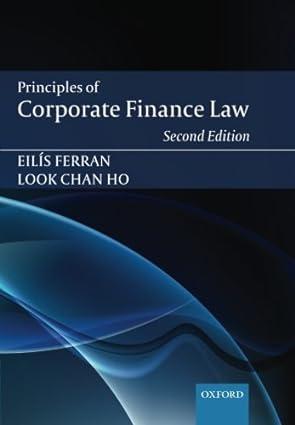Question
Chad is considering investing in a 17-year bond paying semi-annual coupons at 5%. The face value is $1,000. a) Chad tries to calculate the price
Chad is considering investing in a 17-year bond paying semi-annual coupons at 5%. The face value is $1,000. a) Chad tries to calculate the price himself. He gets an answer less than $1,000. Explain, without doing any calculations, why the price Chad calculated must be incorrect. (1 mark) b) Calculate the greatest price he is willing to pay if he requires a yield of 4.5% (2 marks) c) If Chad pays a higher price than the answer calculated in part b), would he be receiving a higher or lower yield on his investment? Justify your answer. (1 mark) d) One year after purchase, immediately after receiving the coupon on that day, Chad sells the bond to Ren for a price of $1,100. Write down an equation that can be solved to find Rens yield to maturity, expressed as a nominal annual rate compounding semi-annually. (2 marks) e) Describe 3 important differences between shares and bonds. (3 marks) f) Name 2 expenses that a bond investor would encounter in practice that we typically ignore in our bond price and yield calculations
Step by Step Solution
There are 3 Steps involved in it
Step: 1

Get Instant Access to Expert-Tailored Solutions
See step-by-step solutions with expert insights and AI powered tools for academic success
Step: 2

Step: 3

Ace Your Homework with AI
Get the answers you need in no time with our AI-driven, step-by-step assistance
Get Started


